#Henri de Navarre
Text
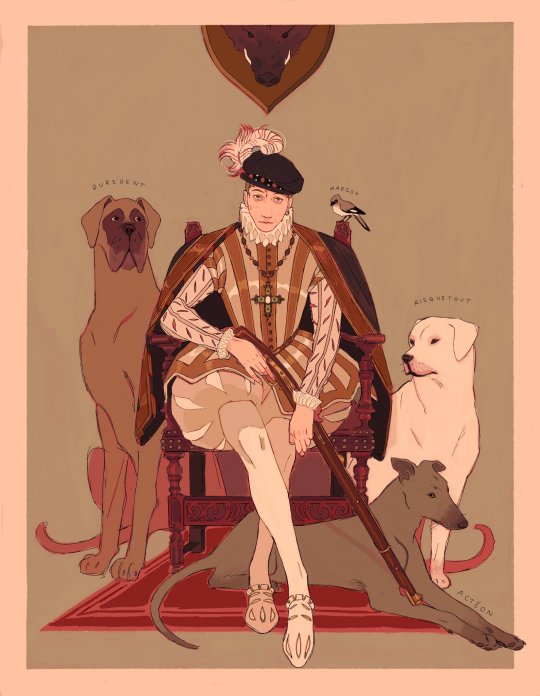
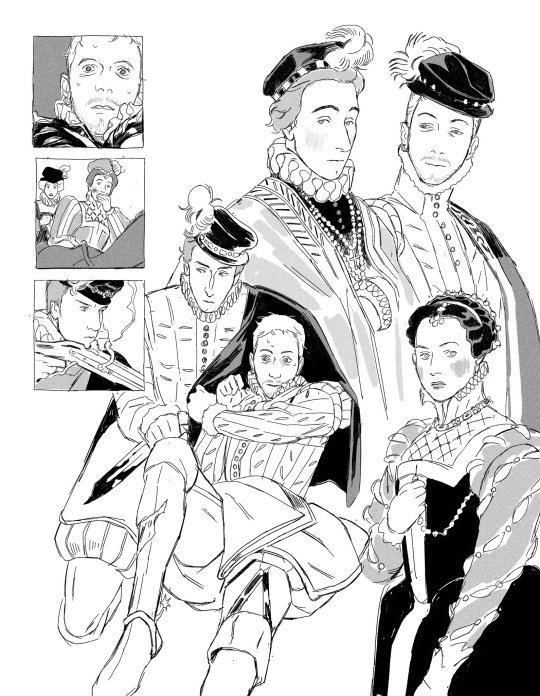
La Reine Margot - Charles IX, Henri de Navarre, and Marguerite de Valois
I.III - Un roi poète
I.XXXI - La Chasse à Courre
II.IV - La Nuit des Rois
#La Reine Margot#Alexandre Dumas#Charles IX#Henri de Navarre#Henri IV#Marguerite de Navarre#new obsession just dropped welcome to the era#Charles is callous and sickly and pathetic so naturally he's a blorbo#he can excuse religious war crimes but he draws the line at his sexy cool protestant brother in law ♥️#i havent even designed the main gays of this book...it has so much to offer#16th century
4K notes
·
View notes
Text

Hare and Hound
#*shouts* THIS ONES FOR YOU JEZ#thanks for opening my eyes#how i be looking at my narrative foil (we want to be each other)#la reine margot#charles ix#henri de navarre#alexandre dumas#🧩#im unwell like mentally
40 notes
·
View notes
Text
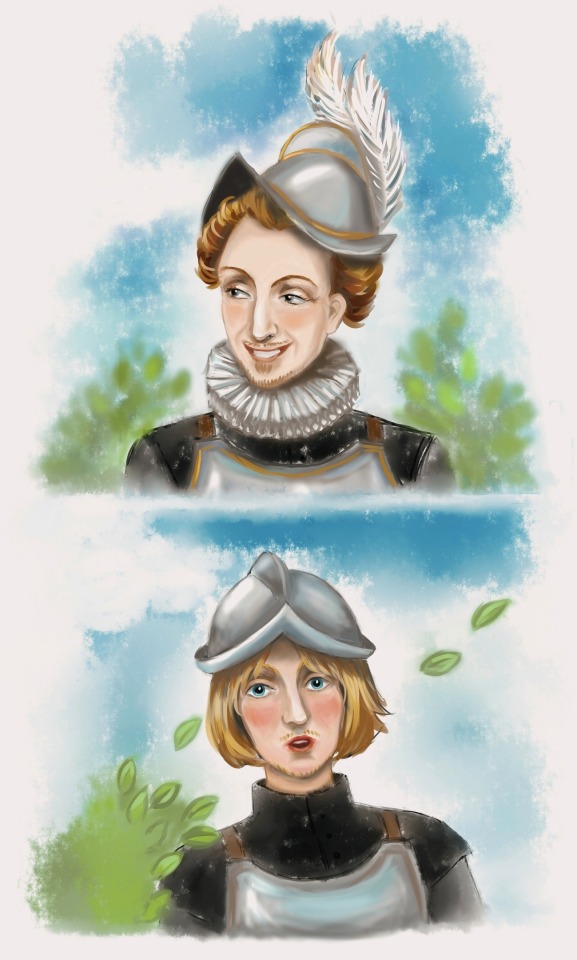
Henri de Navarre looks shiny and handsome. Baron de Rosny`s looking at him in astonishment
#Henri de Navarre#Henri IV#Maximilien de Bethune#Duc de Sully#Baron de Rosny#french history#16th century#Henry IV of France#Duke of Sully
2 notes
·
View notes
Text
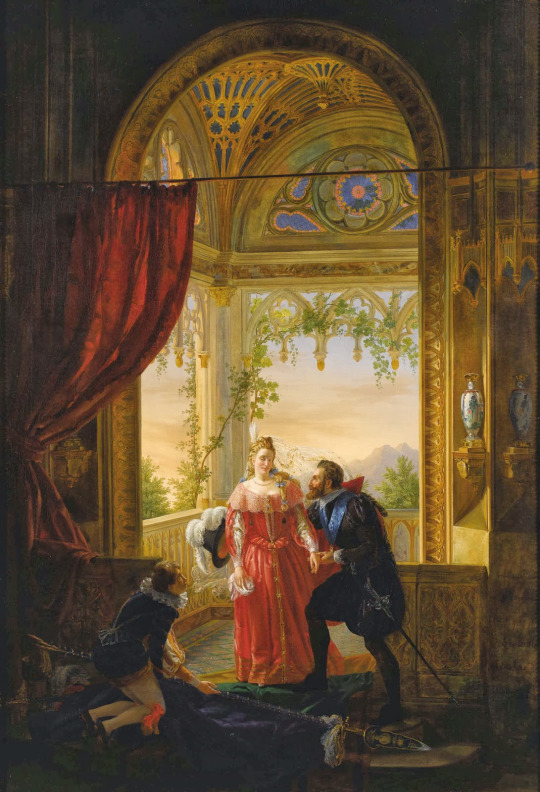
Henri IV with his Mistress by Louis-Nicolas Lemasle
#henri iv#art#louis nicolas lemasle#henry iv#king#france#french#henry of navarre#captured#flags#flag#standard#battle of coutras#troubadour#europe#european#history#diane d'andoins#countess of gramont#comtesse de gramont#architecture#countess de gramount#henry iii#navarre#henri iii#french religious wars#royal#huguenots#huguenot#royalty
62 notes
·
View notes
Text
To describe Anne Boleyn as a feminist would be an anachronism - and not nearly as appropriate an anachronism as in the case of Marguerite de Navarre and others who openly championed female equality. Marguerite did not have the word, but she was conscious of a women's "cause." There's no evidence that Anne felt similarly. But she had learned to value her body and her ideas, and she ultimately recognized that there was something unsettling about this for Henry and understood that this played a role in her downfall.
"A Perfect Storm", The Creation of Anne Boleyn, Susan Bordo
#The Creation of Anne Boleyn#Anne Boleyn#Marguerite de Navarre#Henry VIII#Tudor history#feminism#misogyny mention#sexism mention#body image mention#? just in case#text heavy#Susan Bordo
60 notes
·
View notes
Text

King Henry IV of France. By Frans Pourbus the Younger.
#frans pourbus#frans pourbus the younger#royaume de france#henri iv#roi de france#henri iii#roy de navarre#roi de france et de navarre#vive le roi#maison de bourbon#vert galant#kingdom of france#house of bourbon
24 notes
·
View notes
Text

#house of lancaster#house of Navarre#house of Brittany#Joan of Navarre#Queen Joan#Joanna of Navarre#Queen Joanna#Jehanne d’Évreux#Plantagenet dynasty#Valois dynasty#house of valois#maison des valois#Henry IV#John V#Lancastrian edit#Lancastrian consort#queen of England#medieval England#naomi watts#Jodi comer
12 notes
·
View notes
Text
They’ve cast Minnie Driver as Elizabeth I in The Serpent Queen S2 👀
This will probably be a continuation of the ‘MQOS believing she was plotting with Elizabeth’ storyline from S1
#catherine de medici and elizabeth i in this one drama#please keep Estelle Paranque in your thoughts#the serpent queen#elizabeth i#if we don’t got BE at least we’ve got this i guess?#also Arthur from TSP playing Henry of Navarre
5 notes
·
View notes
Text
Blanche, Marguerite, and Queenship
Blanche's actions as queen dowager amount to no more than those of her grandmother and great-grandmother. A wise and experienced mother of a king was expected to advise him. She would intercede with him, and would thus be a natural focus of diplomatic activity. Popes, great Churchmen and great laymen would expect to influence the king or gain favour with him through her; thus popes like Gregory IX and Innocent IV, and great princes like Raymond VII of Toulouse, addressed themselves to Blanche. She would be expected to mediate at court. She had the royal authority to intervene in crises to maintain the governance of the realm, as Blanche did during Louis's near-fatal illness in 1244-5, and as Eleanor did in England in 1192.
In short, Blanche's activities after Louis's minority were no more and no less "co-rule" than those of other queen dowagers. No king could rule on his own. All kings- even Philip Augustus- relied heavily on those they trusted for advice, and often for executive action. William the Breton described Brother Guérin as "quasi secundus a rege"- "as if second to the king": indeed, Jacques Krynen characterised Philip and his administrators as almost co-governors. The vastness of their realms forced the Angevin kings to rely even more on the governance of others, including their mothers and their wives. Blanche's prominent role depended on the consent of her son. Louis trusted her judgement. He may also have found many of the demands of ruling uncongenial. Blanche certainly had her detractors at court, but she was probably criticsed, not for playing a role in the execution of government, but for influencing her son in one direction by those who hoped to influence him in another.
The death of a king meant that there was often more than one queen. Blanche herself did not have to deal with an active dowager queen: Ingeborg lived on the edges of court and political life; besides, she was not Louis VIII's mother. Eleanor of Aquitaine did not have to deal with a forceful young queen: Berengaria of Navarre, like Ingeborg, was retiring; Isabella of Angoulême was still a child. But the potential problem of two crowned, anointed and politically engaged queens is made manifest in the relationship between Blanche and St Louis's queen, Margaret of Provence.
At her marriage in 1234 Margaret of Provence was too young to play an active role as queen. The household accounts of 1239 still distinguish between the queen, by which they mean Blanche, and the young queen — Margaret. By 1241 Margaret had decided that she should play the role expected of a reigning queen. She was almost certainly engaging in diplomacy over the continental Angevin territories with her sister, Queen Eleanor of England. Churchmen loyal to Blanche, presumably at the older queen’s behest, put a stop to that. It was Blanche rather than Margaret who took the initiative in the crisis of 1245. Although Margaret accompanied the court on the great expedition to Saumur for the knighting of Alphonse in 1241, it was Blanche who headed the queen’s table, as if she, not Margaret, were queen consort. In the Sainte-Chapelle, Blanche of Castile’s queenship is signified by a blatant scattering of the castles of Castile: the pales of Provence are absent.
Margaret was courageous and spirited. When Louis was captured on Crusade, she kept her nerve and steadied that of the demoralised Crusaders, organised the payment of his ransom and the defence of Damietta, in spite of the fact that she had given birth to a son a few days previously. She reacted with quick-witted bravery when fire engulfed her cabin, and she accepted the dangers and discomforts of the Crusade with grace and good humour. But her attempt to work towards peace between her husband and her brother-in-law, Henry III, in 1241 lost her the trust of Louis and his close advisers — Blanche, of course, was the closest of them all - and that trust was never regained. That distrust was apparent in 1261, when Louis reorganised the household. There were draconian checks on Margaret's expenditure and almsgiving. She was not to receive gifts, nor to give orders to royal baillis or prévôts, or to undertake building works without the permission of the king. Her choice of members of her household was also subject to his agreement.
Margaret survived her husband by some thirty years, so that she herself was queen mother, to Philip III, and was still a presence ar court during the reign of her grandson Philip IV. But Louis did not make her regent on his second, and fatal, Crusade in 1270. In the early 12605 Margarer tried to persuade her young son, the future Philip III, to agree to obey her until he was thirty. When Philip told his father, Louis was horrified. In a strange echo of the events of 1241, he forced Philip to resile from his oath to his mother, and forced Margaret to agree never again to attempt such a move. Margaret had overplayed her hand. It meant that she was specifically prevented from acting with those full and legitimate powers of a crowned queen after the death of her husband that Blanche, like Eleanor of Aquitaine, had been able to deploy for the good of the realm.
Why was Margaret treated so differently from Blanche? Were attitudes to the power of women changing? Not yet. In 1294 Philip IV was prepared to name his queen, Joanna of Champagne-Navarre, as sole regent with full regal powers in the event of his son's succession as a minor. She conducted diplomatic negotiations for him. He often associated her with his kingship in his acts. And Philip IV wanted Joanna buried among the kings of France at Saint-Denis - though she herself chose burial with the Paris Franciscans. The effectiveness and evident importance to their husbands of Eleanor of Provence and Eleanor of Castile in England led David Carpenter to characterise late thirteenth-century England as a period of ‘resurgence in queenship’.
The problem for Margaret was personal, rather than institutional. Blanche had had her detractors at court. It is not clear who they were. There were always factions at courts, not least one that centred around Margaret, and anyone who had influence over a king would have detractors. They might have been clerks with misgivings about women in general, and powerful women in particular, and there may have been others who believed that the power of a queen should be curtailed, No one did curtail Blanche's — far from it. By the late chirteenth century the Capetian family were commissioning and promoting accounts of Louis IX that praise not just her firm and just rule as regent, but also her role as adviser and counsellor — her continuing influence — during his personal rule. As William of Saint-Pathus put it, because she was such a ‘sage et preude femme’, Louis always wanted ‘sa presence et son conseil’. But where Blanche was seen as the wisest and best provider of good advice that a king could have, a queen whose advice would always be for the good of the king and his realm, Margaret was seen by Louis as a queen at the centre of intrigue, whose advice would not be disinterested.
Surprisingly, such formidable policical players at the English court as Simon de Montfort and her nephew, the future Edward I, felt that it was worthwhile to do diplomatic business through Margaret. Initially, Henry III and Simon de Montfort chose Margaret, not Louis, to arbitrate between them. She was a more active diplomat than Joinville and the Lives of Louis suggest, and probably, where her aims coincided with her husband’s, quite effective.
To an extent the difference between Blanche’s and Margaret’s position and influence simply reflected political reality. Blanche was accused of sending rich gifts to her family in Spain, and advancing them within the court. But there was no danger that her cultivation of Castilian family connections could damage the interests of the Capetian realm. Margaret’s Provençal connections could. Her sister Eleanor was married to Henry III of England. Margaret and Eleanor undoubtedly attempted to bring about a rapprochement between the two kings. This was helpful once Louis himself had decided to come to an agreement with Henry in the late 1250s, but was perceived as meddlesome plotting in the 1240s. Moreover, Margaret’s sister Sanchia was married to Henry's younger brother, Richard of Cornwall, who claimed the county of Poitou, and her youngest sister, Beatrice, countess of Provence, was married to Charles of Anjou. Sanchia’s interests were in direct conflict with those of Alphonse of Poitiers; and Margaret herself felt that she had dowry claims in Provence, and alienated Charles by attempting to pursue them. Indeed, her ill-fated attempt to tie her son Philip to her included clauses that he would not ally himself with Charles of Anjou against her.
Lindy Grant- Blanche of Castile, Queen of France
#xiii#lindy grant#blanche of castile queen of france#blanche de castille#grégoire ix#innocent iv#raymond vii de toulouse#aliénor d'aquitaine#louis ix#philippe ii#guérin#louis viii#marguerite de provence#aliénor de provence#alphonse de poitiers#henry iii of england#philippe iii#jeanne i de navarre#philippe iv#simon de montfort#edward i of england#jean de joinville#sancia de provence#béatrice de provence#charles i d'anjou
15 notes
·
View notes
Text
Henry V has two dads, two mums and two birthdays.
#shitposts#text posts#(i mean he kinda does)#richard ii as his spiritual father (via virtue of propaganda not baptism) and henry iv as his biological father#mary de bohun as his biological mother and joan of navarre as his stepmother#16 september 1386 and 9 august 1387 (the 'as recorded in a few documents' and 'monmouth celebrates his birthday then' sources)
2 notes
·
View notes
Text
A BOOK ON PLANTAGENET QUEENS-BUT WHERE IS ANNE?
A review of Plantagenet Queens and Consorts by Steven J. Corvi
I am always partial to a good book on medieval English Queens. History being what it is, these women often get overlooked and sidelined unless they did something that was, usually, regarded as greedy, grasping or immoral. Therefore when I saw Steven J. Corvi’s book ‘Plantagenet Queens and Consorts’ I thought that sounded right up…

View On WordPress
#"Beauforts"#"Lambert Simnel"#"Tudor" rebellions#"Tudors"#Anne Neville#Anne of Bohemia#Bermondsey Abbey#Eleanor of Aquitaine#Eleanor of Castile#Eleanor of Provence#Elizabeth of York#Henry III#Henry VII#House of York#Joan of Kent#Joan of Navarre#John of Gaunt#Katherine de Roet#Lady Eleanor Talbot#Marguerite of France#Plantagenet Queens and Consorts#pre-contract#Richard II#Richard III
0 notes
Text

Last of their name
#house of valois#french history#charles ix#henri iii#françois d'alençon#marguerite de navarre#claude de france#elisabeth de france#diane de france#françois II#la reine margot
1K notes
·
View notes
Text

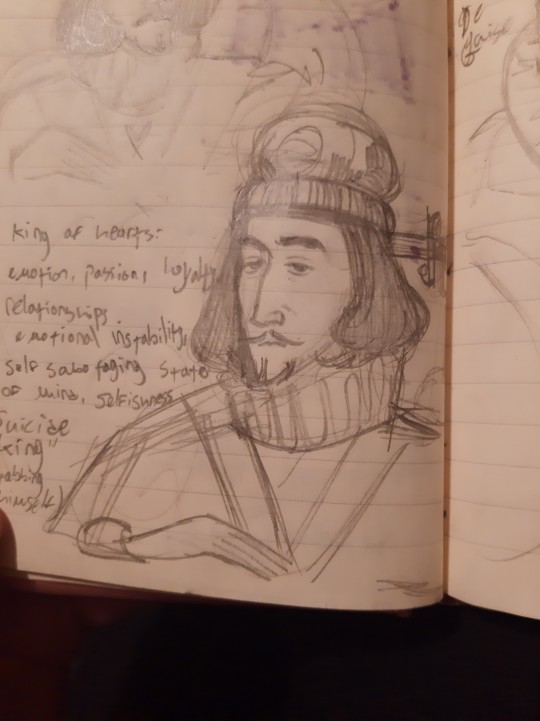

Trying to figure out the style for the card deck (reupload bc smth really fucked up the pics)
#idk if its weird to say but kozakov and dvorzhetsky have such perfect faces for this kind of medieval looking artstyle#like their eyes??????#i think henri is gonna be the king of hearts#anjou is the king of clubs#and im not sure what should de guise and navarre be. i have too little info on them rn. but im leaning towards de guise being spades#although navarre being spades could be cool too since hes henris 'reflection' in a certain way#and it could work with the shape of the upsidedown heart in the spade#and the somewhat opposite meanings of the suits#like hearts is very emotional and unstable and spades is logical and dark or whatever#every video i watched said something else about the meaning so im not sure about anything#anyways#🧩
6 notes
·
View notes
Text
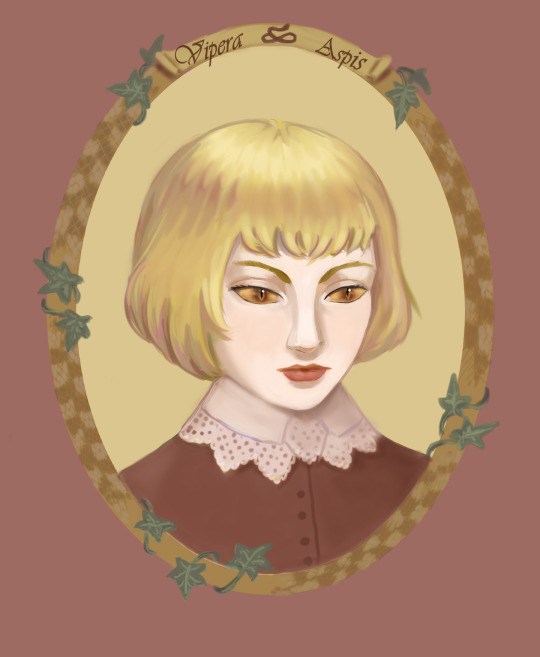

My AU where catholics are vampires and protestants are shapeshifters. Rosny is a viper and Henri is a fox.
#Henri IV#Henri de Navarre#Henry IV of France#Maximilien de Bethune#Baron de Rosny#Duc de Sully#Duke of Sully#16th century#history of France#french history
1 note
·
View note
Text
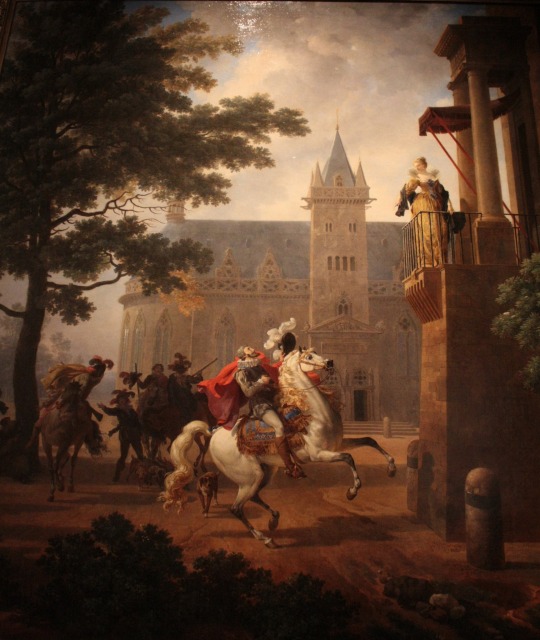
Henri IV caracolant devant une dame à son balcon
by Nicolas-Antoine Taunay
#henry iv of france#henri iv#nicolas antoine taunay#france#navarre#king of navarre#king of france#history#art#painting#europe#european#château de pau
21 notes
·
View notes
Text

King Henry IV of France. By Frans Pourbus.
#frans pourbus#royaume de france#maison de bourbon#henri iii#roi de navarre#royaume de navarre#roi de france#vive le roi#vert galant#henri iv#kingdom of france#house of bourbon#roi de france et de navarre
19 notes
·
View notes